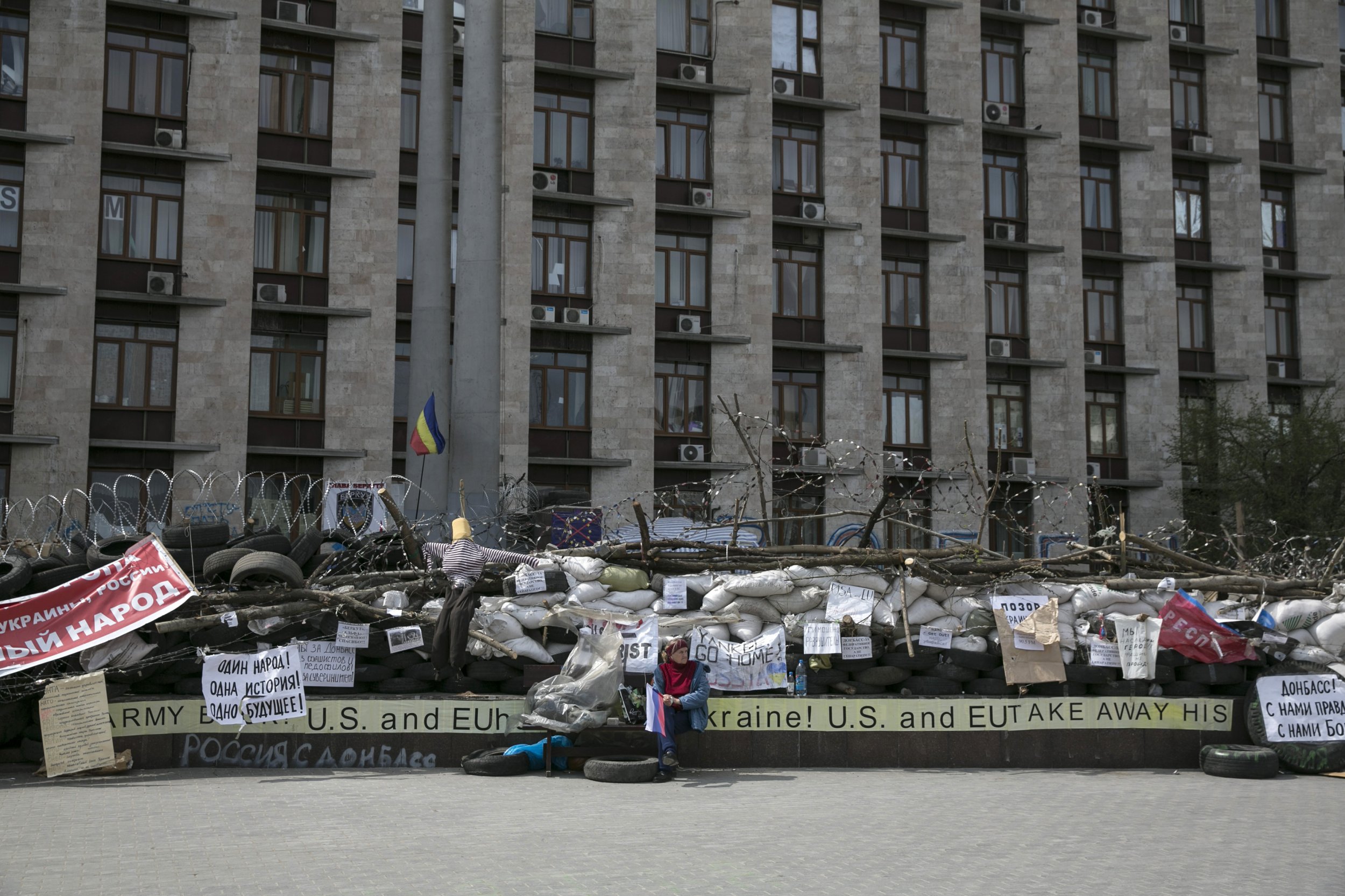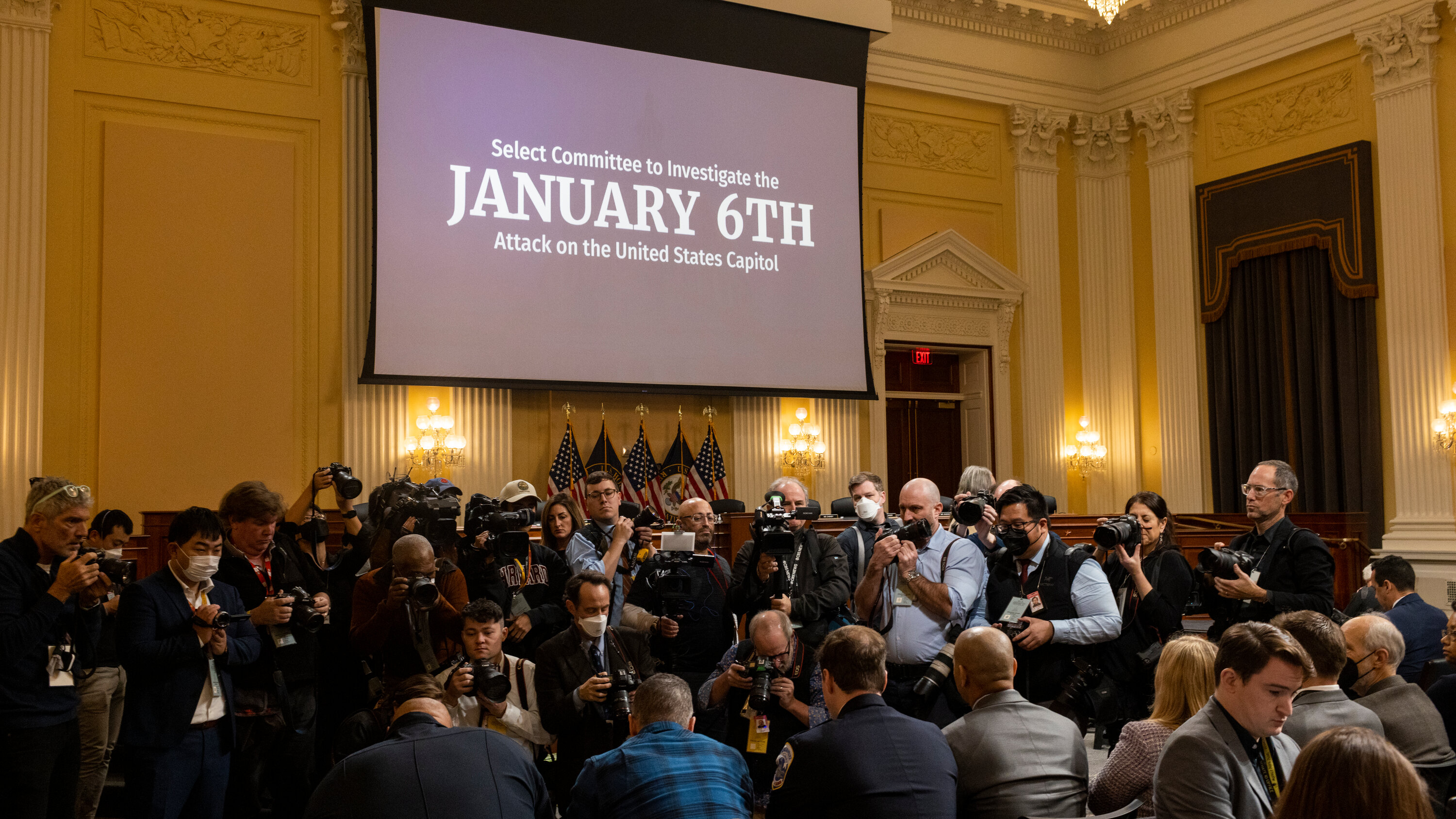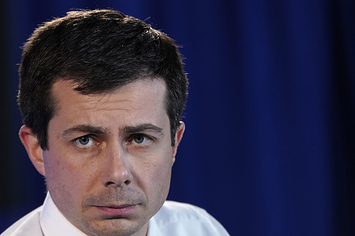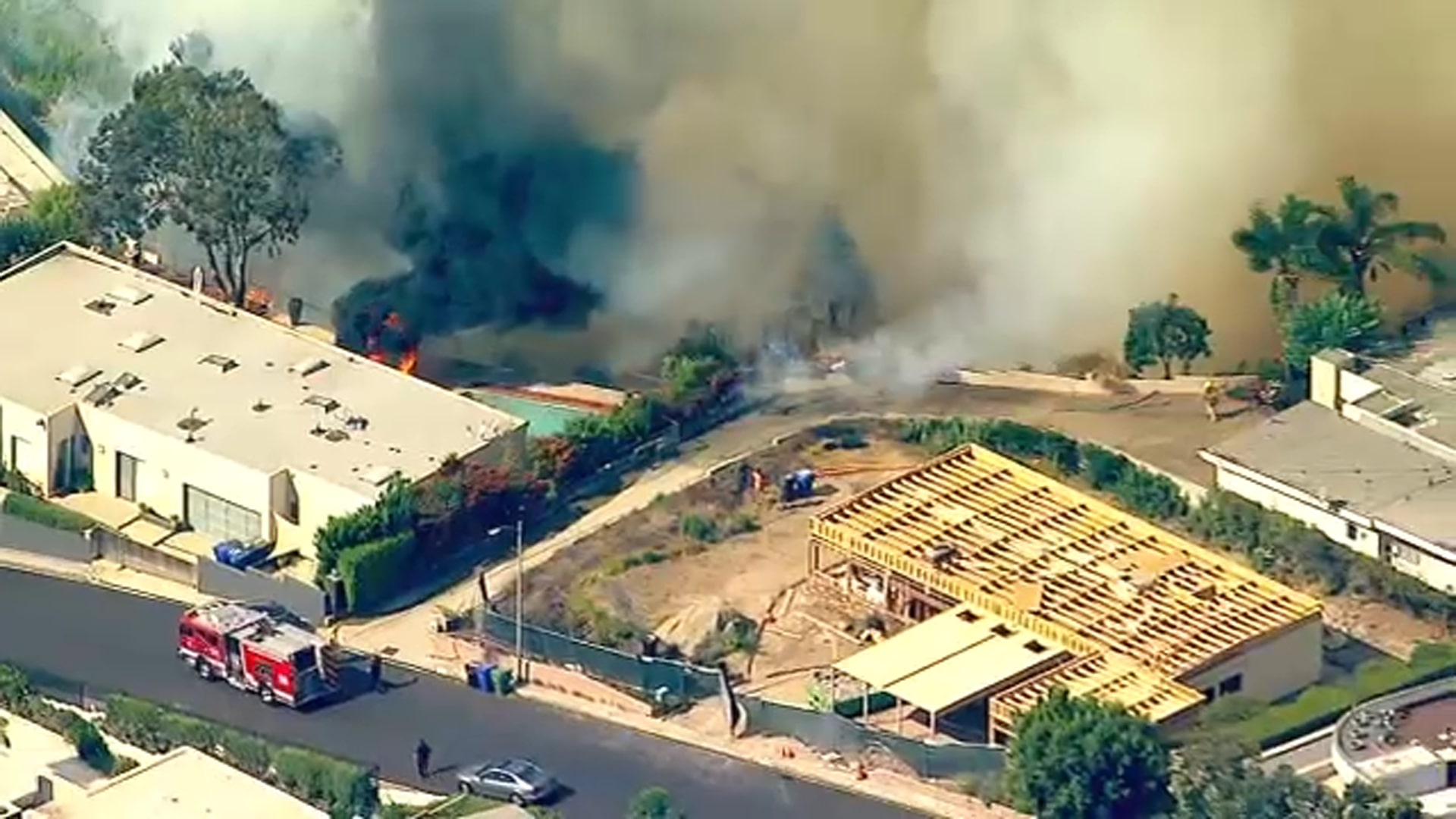Russia's Easter Truce Ends: Renewed Fighting In Ukraine

Table of Contents
Violation of the Easter Truce: A Breakdown of Events
The Easter truce, announced by the Russian Orthodox Church and seemingly embraced by the Kremlin, had raised cautious hopes for a temporary respite from the relentless violence. However, these expectations were quickly dashed. While both sides claimed adherence during the initial period, the cessation of hostilities proved short-lived. The promise of a peaceful Easter was broken, replaced by the sounds of explosions and the cries of the wounded.
Immediately following the declared end of the truce, reports of intensified fighting emerged from across the conflict zones. Both Ukrainian and Russian forces engaged in renewed clashes, utilizing a range of weaponry.
- Shelling in Bakhmut: Heavy shelling targeted the already devastated city of Bakhmut, resulting in at least 20 civilian casualties and significant damage to residential buildings. This attack, occurring just hours after the truce’s official end, demonstrated a clear disregard for any commitment to peaceful intentions.
- Airstrikes on Kramatorsk: Several airstrikes hit Kramatorsk, targeting critical infrastructure including a power plant and a vital railway line, causing widespread disruption and further hindering humanitarian efforts. The precision of these attacks suggests a deliberate targeting of civilian necessities.
- Ground Offensive near Avdiivka: A significant ground offensive was launched by Russian forces near Avdiivka, leading to intense fighting and heavy losses on both sides. This aggressive push indicates a renewed commitment to territorial gains, further undermining any potential for peace talks.
These are only a few examples of the widespread violations of what was intended to be a sacred pause in the fighting.
International Condemnation and Responses
The international community responded swiftly and decisively to the renewed fighting following the failed Easter truce. The blatant disregard for even a temporary cessation of hostilities was met with widespread condemnation.
- United Nations: The UN Secretary-General António Guterres issued a strongly worded statement condemning the violence and urging both sides to return to the negotiating table. He stressed the urgent need for a lasting ceasefire and a peaceful resolution to the conflict.
- NATO: NATO responded by increasing its military presence in Eastern Europe, particularly in countries bordering Ukraine. This move was presented as a defensive measure, aimed at deterring further Russian aggression and assuring allies of unwavering support.
- European Union: The EU announced further sanctions against Russia, targeting individuals and entities involved in the conflict. These sanctions aimed to increase the economic and political pressure on Moscow to cease hostilities and engage in meaningful negotiations. Furthermore, substantial humanitarian aid pledges were made to support the Ukrainian people.
Impact on Civilians and Humanitarian Crisis
The renewed fighting has had a devastating impact on Ukrainian civilians, exacerbating an already dire humanitarian situation. The failure of the Easter truce has directly contributed to a rapid deterioration of conditions on the ground.
- Rising Number of IDPs: The increased intensity of the conflict has led to a significant surge in the number of internally displaced persons (IDPs), as civilians flee their homes to escape the violence. Many are struggling to find safe shelter, food, and essential resources.
- Shortages of Essential Supplies: The disruption of supply chains and the targeting of critical infrastructure have led to severe shortages of essential supplies, including food, water, medicine, and heating fuel, particularly in conflict zones.
- Challenges Faced by Humanitarian Aid Workers: Aid organizations are facing immense challenges in accessing conflict zones to deliver critical aid. The ongoing fighting and security concerns pose significant risks to humanitarian workers, hindering their ability to reach those most in need.
The Future of Negotiations and the War in Ukraine
The failure of the Easter truce casts a long shadow over the prospects for future peace negotiations. The renewed intensity of fighting suggests a hardening of positions on both sides, making the path to a peaceful resolution even more challenging. Several scenarios are possible, including a prolonged stalemate, a renewed escalation of the conflict, or a potential negotiated settlement.
The military strategies employed by both sides, along with the evolving geopolitical landscape, will play a crucial role in shaping the future trajectory of the war. Continued international pressure, and potentially renewed diplomatic initiatives, will be essential in fostering a return to negotiations and exploring pathways toward a peaceful and sustainable resolution.
Conclusion
The end of Russia's Easter truce marks a tragic turning point in the war in Ukraine. The renewed fighting, the disregard for human life, and the worsening humanitarian crisis demonstrate the urgent need for a renewed commitment to peace. The failure of these peace efforts underscores the gravity of the situation and the devastating consequences of continued conflict. We must remain vigilant, stay informed about the developments on the ground, and continue to pressure all parties involved to prioritize a peaceful resolution. The failure of the Easter truce and the renewed fighting in Ukraine demand our continued attention and unwavering commitment to finding a lasting solution to this devastating war. Let us work together to ensure that the hope for peace is not extinguished.

Featured Posts
-
 Cassidy Hutchinsons Memoir Key Jan 6 Witness To Tell All This Fall
Apr 22, 2025
Cassidy Hutchinsons Memoir Key Jan 6 Witness To Tell All This Fall
Apr 22, 2025 -
 500 Million Settlement Looms Major Canadian Bread Price Fixing Case Heads To Court
Apr 22, 2025
500 Million Settlement Looms Major Canadian Bread Price Fixing Case Heads To Court
Apr 22, 2025 -
 The La Palisades Fire A List Of Celebrities Affected By The Disaster
Apr 22, 2025
The La Palisades Fire A List Of Celebrities Affected By The Disaster
Apr 22, 2025 -
 Unintended Consequences Examining The Price Of Trumps Economic Vision
Apr 22, 2025
Unintended Consequences Examining The Price Of Trumps Economic Vision
Apr 22, 2025 -
 Understanding High Stock Valuations Bof As Insights For Investors
Apr 22, 2025
Understanding High Stock Valuations Bof As Insights For Investors
Apr 22, 2025
